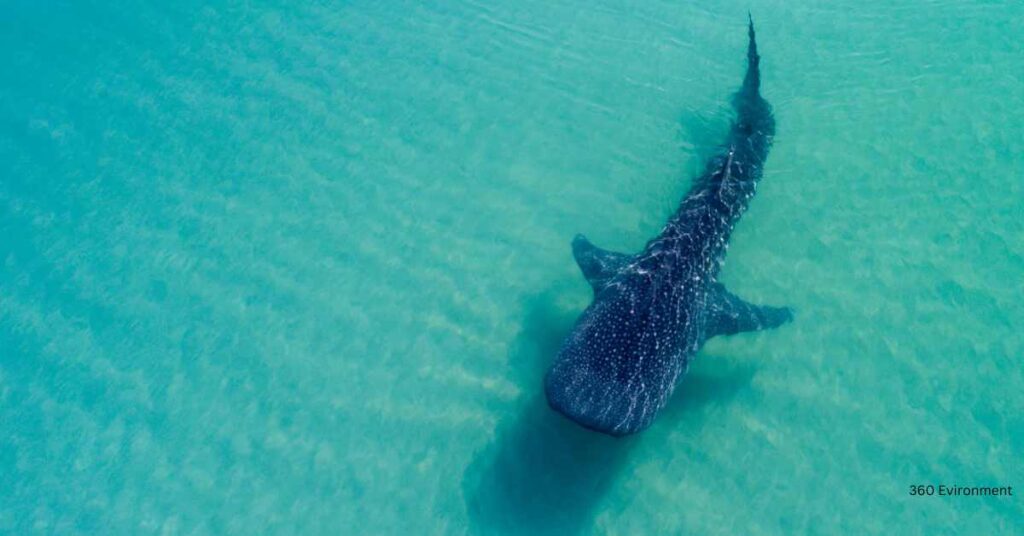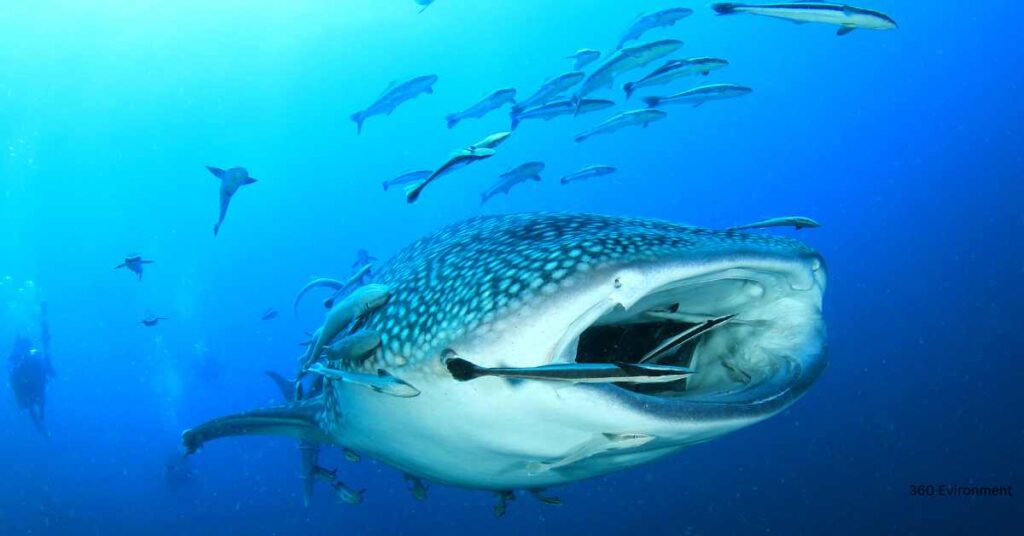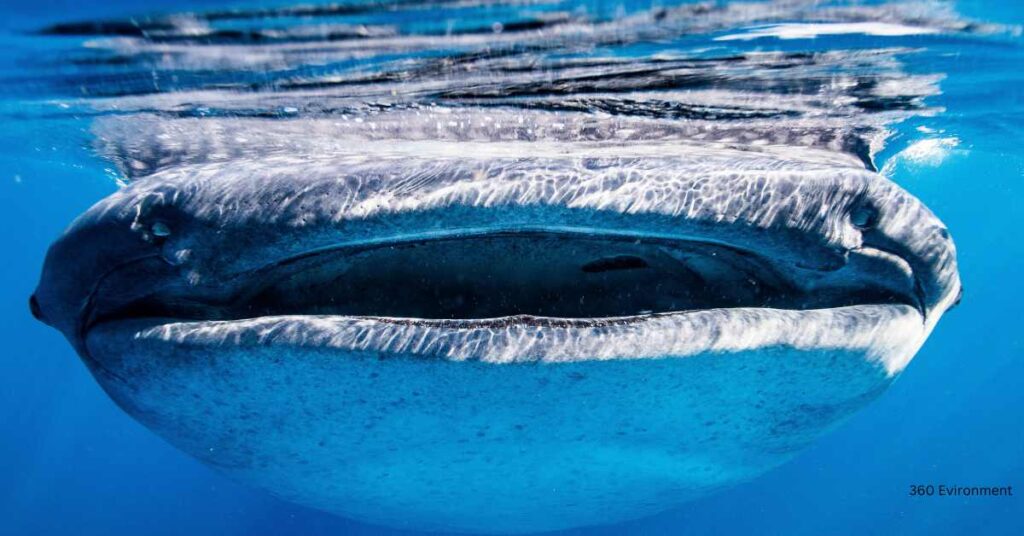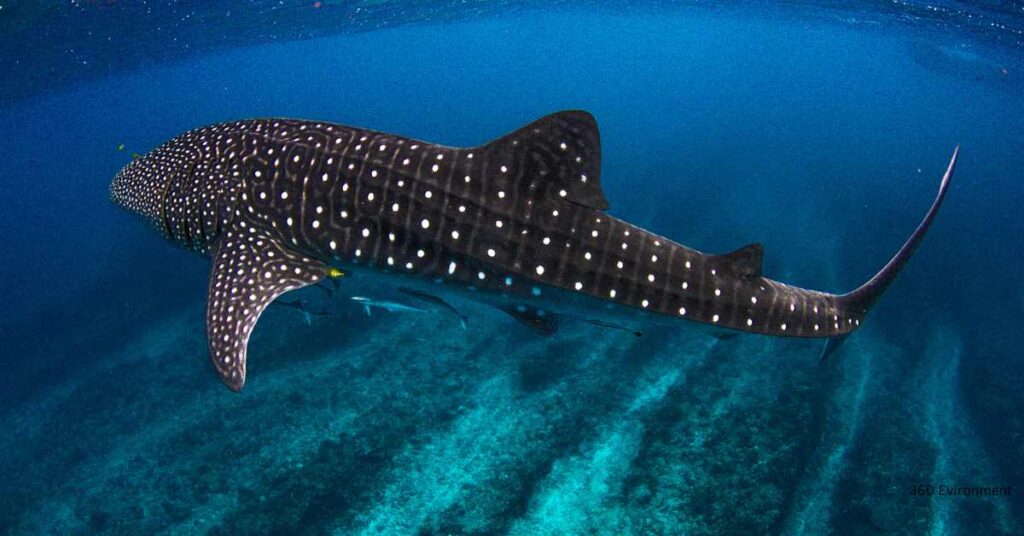Introduction
The whale shark (Rhincodon typus) is a fascinating marine creature, known for its massive size and gentle nature. As the largest fish in the ocean, it captivates researchers and marine enthusiasts alike. One of the lesser-known aspects of the whale shark is its teeth. While not prominently featured in most discussions about this gentle giant, whale shark teeth play a crucial role in its feeding mechanisms and overall biology. This article delves into the intriguing world of whale shark teeth, exploring their structure, function, and significance within the broader context of whale shark biology and ecology.
Overview of Whale Shark Biology

1. General Characteristics of Whale Sharks
Whale sharks are remarkable creatures, often recognized for their impressive size and unique appearance. They are filter feeders, meaning they feed by filtering plankton and small fish from the water. Despite their size, whale sharks are gentle giants and pose no threat to humans.
Key Features:
- Size: Whale sharks can grow up to 40 feet (12 meters) in length, with some individuals reaching lengths of over 60 feet (18 meters).
- Appearance: They have a distinctive pattern of white spots and stripes on their dark grey skin, which helps with identification and camouflage in the ocean.
- Habitat: Whale sharks are found in tropical and warm-temperate waters around the globe, often near coral reefs and in areas with abundant plankton.
2. Feeding Habits
Whale sharks are filter feeders, which means they feed by straining plankton, small fish, and other tiny organisms from the water. They have adapted to this feeding strategy with specialized structures and behaviors.
Feeding Mechanism:
- Filter Feeding: Whale sharks use their large mouths to take in water and filter out food using their gill rakers.
- Behavior: They often swim with their mouths open, using a method called ram filtration, where water flows through the mouth and gill slits, allowing the whale shark to filter out plankton and small fish.
Whale Shark Teeth: Structure and Function

1. Tooth Structure and Arrangement
Whale sharks possess thousands of tiny teeth, which are not used for feeding but serve other purposes. Their teeth are an intriguing adaptation that complements their filter-feeding lifestyle.
Characteristics of Whale Shark Teeth:
- Size and Shape: Whale shark teeth are relatively small and conical in shape, designed more for grip than for cutting or tearing.
- Arrangement: The teeth are arranged in numerous rows along the jaws. The upper jaw has more teeth compared to the lower jaw.
- Growth and Replacement: Whale shark teeth are continuously replaced throughout their lives, ensuring that they remain functional as they wear down.
2. Function of Whale Shark Teeth
Although whale sharks do not use their teeth for feeding, they play a role in their overall biology and behavior.
Non-Feeding Functions:
- Gripping: The teeth may help the whale shark grip and manipulate prey items or objects in their environment, even though their primary feeding strategy does not involve biting.
- Communication and Behavior: Teeth might play a role in social interactions or in establishing dominance among individuals, although this is less understood.
The Role of Teeth in Whale Shark Ecology

1. Teeth and Filter Feeding Efficiency
The teeth of whale sharks, despite not being used for feeding directly, are part of a complex feeding apparatus that includes gill rakers and specialized mouth structures.
Feeding Adaptations:
- Gill Rakers: The primary feeding mechanism of whale sharks involves gill rakers, which are comb-like structures that filter out plankton and small fish from the water.
- Mouth Structure: The size and shape of the whale shark’s mouth, combined with its teeth, facilitate effective filter feeding by creating a large opening for water intake.
2. Teeth and Habitat Adaptation
Whale sharks are adapted to a variety of marine environments, from open oceans to coastal areas. Their teeth and feeding mechanisms reflect their adaptation to these diverse habitats.
Habitat Adaptation:
- Plankton-Rich Areas: Whale sharks are often found in regions with high concentrations of plankton, which provides the primary food source for their filter-feeding strategy.
- Migration Patterns: They undertake long migrations to find optimal feeding grounds, demonstrating their adaptability and the importance of their feeding adaptations.
Conservation and the Significance of Whale Shark Teeth

1. Conservation Status of Whale Sharks
Whale sharks face various threats from human activities, including habitat destruction, pollution, and bycatch. Understanding their biology, including the role of their teeth, is essential for effective conservation efforts.
Threats:
- Fishing: Whale sharks are sometimes caught accidentally in fishing gear or targeted for their fins and meat.
- Habitat Loss: Coastal development and pollution can damage the habitats where whale sharks feed and breed.
- Climate Change: Changes in ocean temperature and plankton distribution can impact whale shark populations.
2. Conservation Efforts
Efforts to protect whale sharks involve a combination of strategies aimed at preserving their habitats, reducing human impact, and promoting sustainable practices.
Conservation Strategies:
- Protected Areas: Establishing marine protected areas to safeguard important feeding and breeding grounds for whale sharks.
- Research and Monitoring: Conducting research to better understand whale shark behavior and population dynamics, including studies on their teeth and feeding habits.
- Public Awareness: Raising awareness about the importance of whale sharks and the need to protect them through education and outreach programs.
The Intriguing Science Behind Whale Shark Teeth

1. Research on Whale Shark Teeth
Scientific research on whale shark teeth provides valuable insights into their biology and evolutionary adaptations. Studies on their teeth contribute to a broader understanding of their feeding mechanisms and overall health.
Scientific Insights:
- Evolutionary Adaptations: Research into the structure and function of whale shark teeth helps scientists understand their evolutionary adaptations and how they fit into the larger context of marine life.
- Health Indicators: The condition of whale shark teeth can provide information about their overall health and diet, helping researchers monitor population health and trends.
2. Future Directions in Whale Shark Research
Ongoing research continues to explore various aspects of whale shark biology, including their teeth. Future studies may reveal new insights into their behavior, ecology, and conservation needs.
Potential Research Areas:
- Genetic Studies: Investigating the genetic basis of tooth development and function in whale sharks.
- Behavioral Observations: Studying how whale sharks use their teeth in different behaviors and interactions within their environment.
- Conservation Implications: Examining how changes in their environment and diet affect their teeth and overall health.
Conclusion
Whale shark teeth, though not often highlighted, play a significant role in understanding the biology and behavior of these magnificent marine giants. While they are not used directly for feeding, their structure and function contribute to the overall adaptation of whale sharks to their environments. By studying whale shark teeth, scientists gain valuable insights into their feeding mechanisms, social behaviors, and conservation needs.
The conservation of whale sharks is crucial for maintaining the health of marine ecosystems and preserving these gentle giants for future generations. Understanding and protecting their unique adaptations, including their intriguing teeth, is essential for ensuring their continued survival and thriving in our oceans. Through continued research and conservation efforts, we can better appreciate and safeguard the remarkable world of the whale shark.
Read More: Dolphins Are Evil? Exploring the Complex Behavior of Dolphins in the Wild

